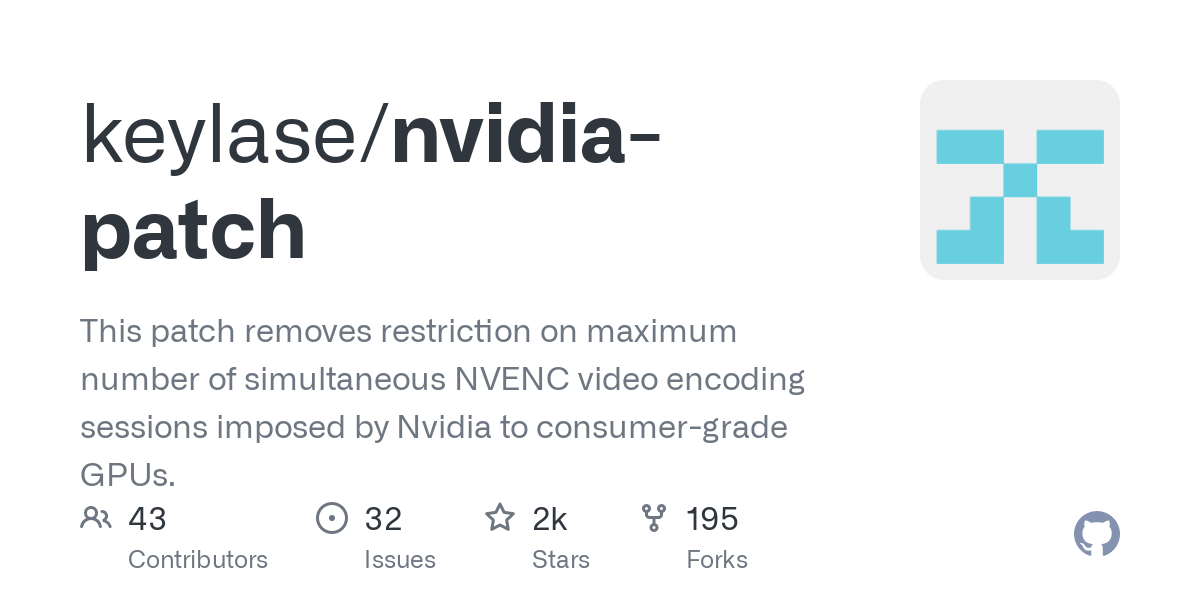Seems like the duplicate assertions of the target GPU are causing problems. Directly encoding (Video Input -> Encoder) on GPU0/1/2 works. But when using (Video Input -> CUDA Upload -> Encoder), FFmpeg scrams.
This appears to be caused by the duplicate GPU assertion commands issued to FFmpeg (both Upload and Encoder nodes have options to choose a GPU in Scene Designer). These duplicate commands are not being accepted by FFmpeg. For instance, commanding an Upload to GPU2, then commanding an NVENC encode also on GPU2. FFmpeg acknowledges the first assertion, but rejects the second.
As mentioned in the previous post, I don't believe FFmpeg allows you to use the "-gpu " assignment more than once in a single instance. Even if it's to the same GPU.
This only seems to affect GPUs other than GPU0. When GPU0 is used, I don't see any GPU assertion entries at all in the log file.
In this log, when attempting to run on GPU2, it looks like FFmpeg is choking on the second assertion of "-gpu 2". See log, especially lines 2 and 14:
2023-09-11 15:06:04 (info) [Router.cpp:197] Executing init phase for track #0 (video) ...
2023-09-11 15:06:04 (trace) [FFmpeg:0] Setting 'gpu' to value '2'
2023-09-11 15:06:04 (trace) [FFmpeg:0] Setting 'outputs' to value '2'
2023-09-11 15:06:04 (trace) [FFmpeg:0] Setting 'w' to value '1280'
2023-09-11 15:06:04 (trace) [FFmpeg:0] Setting 'h' to value '720'
2023-09-11 15:06:04 (trace) [FFmpeg:0] Setting 'interp_algo' to value '3'
2023-09-11 15:06:04 (trace) [FFmpeg:0] Setting 'force_original_aspect_ratio' to value '1'
2023-09-11 15:06:04 (trace) [FFmpeg:0] Setting 'pix_fmts' to value 'cuda'
2023-09-11 15:06:04 (trace) [FFmpeg:0] Setting 'w' to value '1920'
2023-09-11 15:06:04 (trace) [FFmpeg:0] Setting 'h' to value '1080'
2023-09-11 15:06:04 (trace) [FFmpeg:0] Setting 'interp_algo' to value '3'
2023-09-11 15:06:04 (trace) [FFmpeg:0] Setting 'force_original_aspect_ratio' to value '1'
2023-09-11 15:06:04 (trace) [FFmpeg:0] Setting 'pix_fmts' to value 'cuda'
2023-09-11 15:06:04 (trace) [FFmpeg:0] Could not set non-existent option 'gpu' to value '2'
2023-09-11 15:06:04 (trace) [FFmpeg:0] Error applying filter options
2023-09-11 15:06:04 (error) [InputNode.cpp:104] Unable to parse filter graph.
2023-09-11 15:06:04 (error) [Router.cpp:202] Init phase of track #0 (video) failed!
2023-09-11 15:06:04 (error) [Router.cpp:242] Initialization failed: -11
2023-09-11 15:06:04 (info) [VoukoderPro.cpp:502] Unable to start VoukoderPro: FFmpeg error.
Alles anzeigen
Attempts to encode on GPU0 run properly, but this is probably because according to the log, "-gpu 0" is never asserted:
2023-09-11 15:22:50 (info) [Router.cpp:197] Executing init phase for track #0 (video) ...
2023-09-11 15:22:50 (trace) [FFmpeg:0] Setting 'width' to value '1920'
2023-09-11 15:22:50 (trace) [FFmpeg:0] Setting 'height' to value '1080'
2023-09-11 15:22:50 (trace) [FFmpeg:0] Setting 'pix_fmt' to value 'yuv420p'
2023-09-11 15:22:50 (trace) [FFmpeg:0] Setting 'time_base' to value '1001/24000'
2023-09-11 15:22:50 (trace) [FFmpeg:0] Setting 'pixel_aspect' to value '1/1'
2023-09-11 15:22:50 (trace) [FFmpeg:0] Setting 'outputs' to value '2'
2023-09-11 15:22:50 (trace) [FFmpeg:0] Setting 'w' to value '1280'
2023-09-11 15:22:50 (trace) [FFmpeg:0] Setting 'h' to value '720'
2023-09-11 15:22:50 (trace) [FFmpeg:0] Setting 'interp_algo' to value '3'
2023-09-11 15:22:50 (trace) [FFmpeg:0] Setting 'force_original_aspect_ratio' to value '1'
2023-09-11 15:22:50 (trace) [FFmpeg:0] Setting 'pix_fmts' to value 'cuda'
2023-09-11 15:22:50 (trace) [FFmpeg:0] Setting 'w' to value '1920'
2023-09-11 15:22:50 (trace) [FFmpeg:0] Setting 'h' to value '1080'
2023-09-11 15:22:50 (trace) [FFmpeg:0] Setting 'interp_algo' to value '3'
2023-09-11 15:22:50 (trace) [FFmpeg:0] Setting 'force_original_aspect_ratio' to value '1'
2023-09-11 15:22:50 (trace) [FFmpeg:0] Setting 'pix_fmts' to value 'cuda'
2023-09-11 15:22:50 (trace) [FFmpeg:0] w:1920 h:1080 pixfmt:yuv420p tb:1001/24000 fr:0/1 sar:1/1
2023-09-11 15:22:50 (trace) [FFmpeg:0] Loaded lib: nvcuda.dll
Alles anzeigen

